The Future of Waste Water Management: Trends to Watch
As the world becomes more digital, water and waste water treatment process is going through a major technological change. This change could completely reshape how communities and industries manage their wastewater treatment facility and meet their sustainability goals. New tools are being developed that can operate, manage, and plan wastewater treatment facility by doing tasks that were once done only by humans.
These new tools include design and management software, the Internet of Things (IoT), and artificial intelligence (AI). These advancements are making it easier and more efficient to run treatment facilities and achieve better environmental outcomes.
Artificial Intelligence: Transforming Wastewater Management
AI is changing the world with its ability to make decisions and learn. It can also transform water treatment operations, maintenance, and planning. AI can improve software and IoT technologies by analyzing their data and systems to help water professionals make better operations and engineering decisions.
AI can help water treatment facilities by predicting and prioritizing equipment maintenance, forecasting plant operations based on water quality, and identifying over- or underused areas in distribution networks. This acts as a decision support system to adjust water networks which ensure efficient treatment and distribution while reducing energy use and carbon emissions. AI can also improve efficiency by learning from past events to optimize plant operations and the use of materials like coagulants and electricity.
Innovative Software Solutions in Wastewater Management
Many software companies both large and small are creating programs to help with decision-making and design in water treatment. For example, digital twins are virtual copies of treatment facilities that use plant data to run complex simulations. These simulations help improve design decisions and outcomes.
Digital twin programs can predict growth or unusual events like big storms to see how current systems would handle them and find the best solutions. This allows facility operators and engineers to understand their systems better and predict how new technologies and inputs will affect operations before they are implemented.
The Internet of Things: Smarter Wastewater Monitoring
Sensor and monitoring devices help municipal waste water treatment operators understand their systems better and make informed decisions. With advanced sensors and new applications, operators can learn more about their treatment systems than ever before. IoT technology connects these sensors which allow them to share data with each other. This interconnected system helps operators see the overall picture of their operations and control their equipment remotely, tasks that were previously done manually.
A popular example of IoT technology in cities is Advanced Metering Infrastructure (AMI). AMI sends water use data to providers by automating tasks like reading customer meters, generating bills, and ensuring environmental compliance. These innovations enable municipal waste water treatment operators to make more informed decisions and improve the efficiency and effectiveness of their water treatment processes.
Real-World Success Stories in Wastewater Management
Around the world, new technologies are changing how communities and industries treat and distribute water. In North America, a water treatment plant serving 150,000 residents struggled with the energy use of its membrane process and pump stations across a 650 km (400 mi) distribution system, especially as energy prices rose. To find ways to cut costs and operate more efficiently, the facility worked with a software company to create an AI-powered digital twin.
This digital twin predicted reservoir levels and pump demands. By matching local hourly energy prices with reservoir level data, the software showed the team how to adjust pump station operations. The software estimated that they could save 15 to 20% in costs. After changing their pump station operations, the facility reduced energy costs by 15% and plans to keep using the digital twin to optimize the energy use and lifespan of their membrane system.
Water Treatment in the Digital Age
With climate change, using digital innovations in water and waste water treatment process is crucial for sustainable and efficient operations. Tools like software, IoT, and AI are essential to lower costs and support environmental efforts.
Successful examples such as the North American water treatment plant that saved energy show how these technologies can help reduce both carbon footprints and treatment costs. Embracing these advancements allows treatment facilities to operate more sustainably and efficiently which benefit both communities and industries.
Conclusion
Digital innovations are transforming water and wastewater treatment. Latest technologies help facilities run more efficiently, cut costs, and support environmental sustainability. Real world successes show that using these advancements is crucial for the future of water management.
You can approach Greenmethod Engineering as it the top wastewater management company in Kerala and an approved consultant for the Kerala State Suchitwa Mission. We specialize in anaerobic wastewater treatment process. Our company was founded in 2004 by a group of professionals with experience in the water industry. While we are a profit-driven business, we aim to create sustainable methods to protect the ecosystem. We are dedicated to making a positive and real impact on the environment.
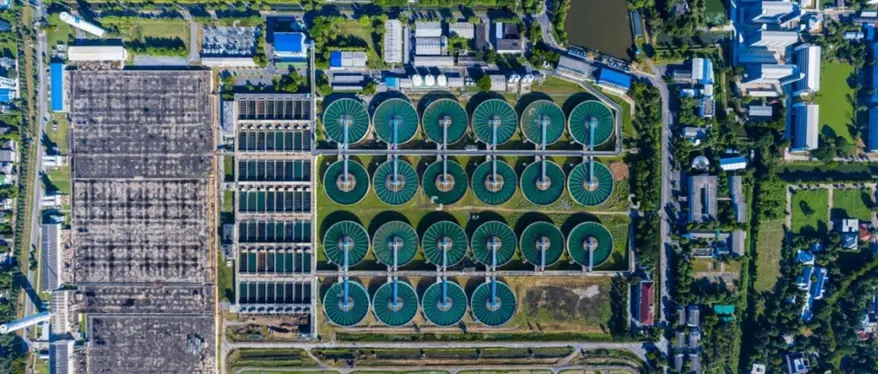
More Blogs
-

Sustainable Water Solutions through Wastewater Treatment and Recycling
India is home to about 16% of the world’s population while supporting only 4% of its water res..
-

Dhanam Business Magazine
Green Method Engineering (GME) has been offering complete range of water and wastewater solution uti..
-
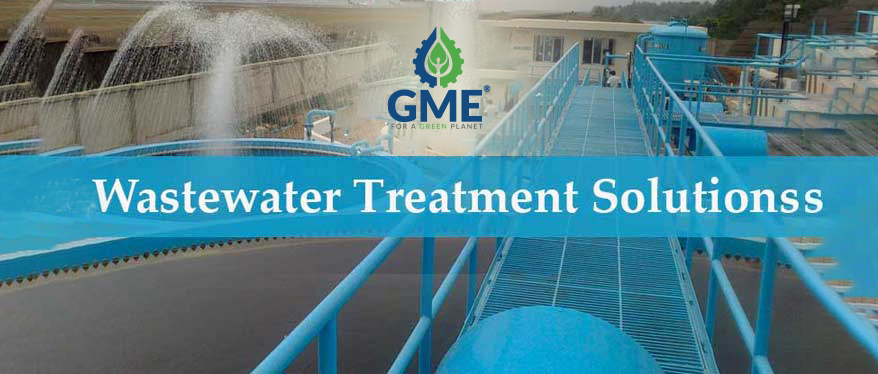
Wastewater Treatment Solutions widely used in India
When dealing with domestic waste or industrial waste, a single treatment solution of cannot almost c..
-
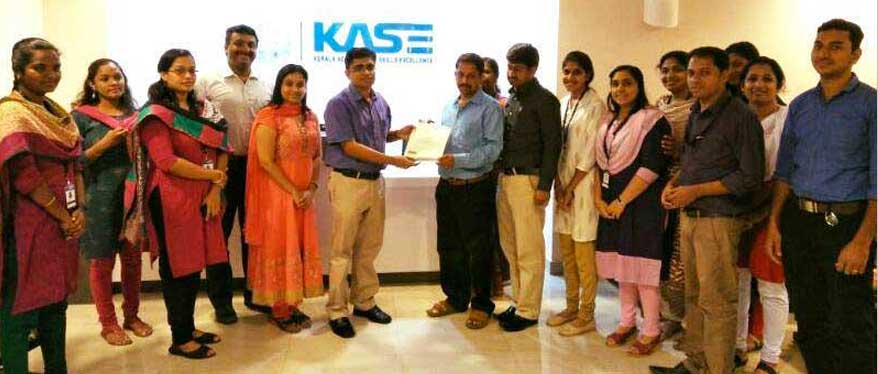
GME takes an initiative to introduce a new certification course for Wastewater Treatment Plant Operator
One of the renowned Wastewater management Company in Kochi, Kerala – Green Method En..
-
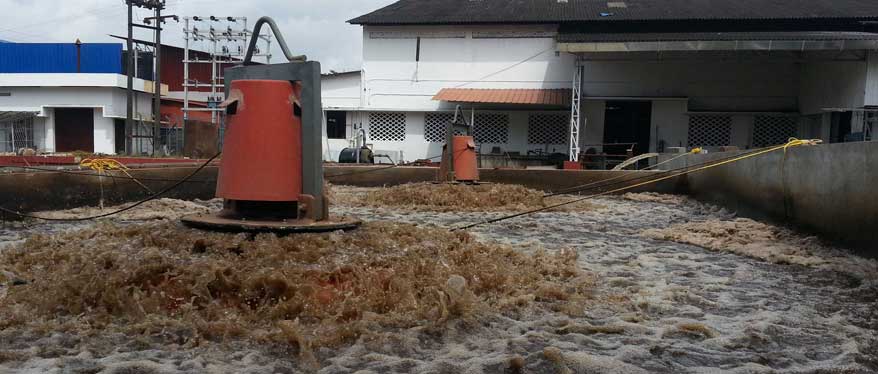
Water Pollution and Preventive measures to be taken
Water pollution is the major environmental issues seen nowadays. Water is contaminated with harmful ..
-
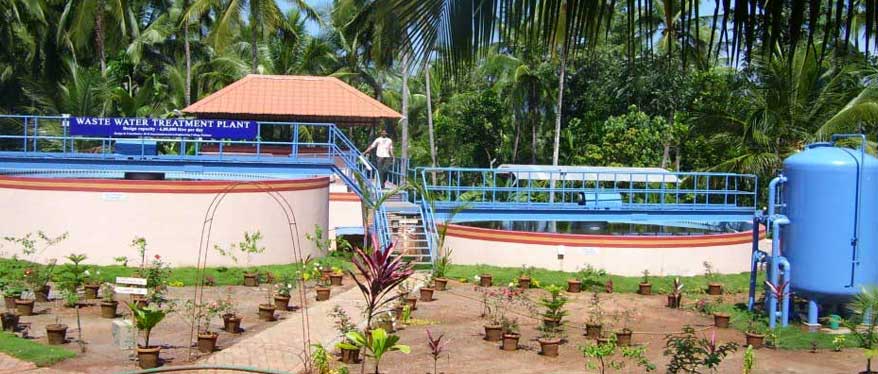
What to Look for in a Waste Water Treatment Company
If you are concerned about the quality of the water, you should be much relieved by now since techno..